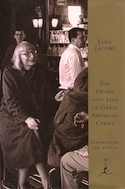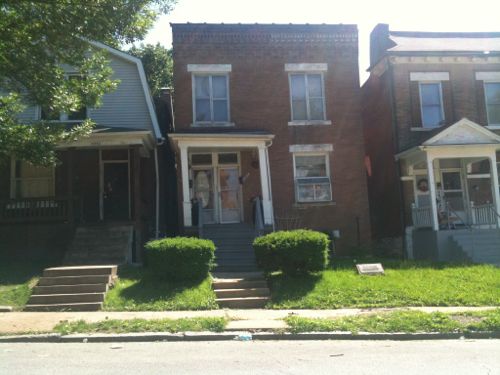Saturday in Tower Grove Park

St. Louis has many beautiful parks, large & small. Â Tower Grove Park must be ranked among the top parks in the city.
Tower Grove Park was first authorized by a state law passed on March 9, 1867, and came into existence on October 20, 1868, when Henry Shaw conveyed his lands to the City of St. Louis, by deed of gift. It is governed by a Board of Commissioners appointed under the authority of the Supreme Court of the State of Missouri. The Director of the Missouri Botanical Garden is one of these Commissioners, by virtue of his office.
Under the terms of the 1867 act of the General Assembly of the State, the Park Board has the “full and exclusive power to govern, manage, direct and control†the park, “to pass ordinances†for its regulation and government, and, generally, has “all the power and authority … conferred upon or possessed by the Corporation of St. Louis in respect to the public squares and places†in St. Louis. The Commissioners submit an annual report to the Board of Alderman of the City.
Fulfilling the contractual obligations assumed in 1868, when the Mayor and Henry Shaw jointly signed the deed, the City supplied funds for the improvement of the land, and each year since then has placed funds in the hands of the Board, to be expended upon the Park at the discretion of the Commissioners.
For twenty years as the work of improving the Park land proceeded, Mr. Shaw gave his services as Comptroller and general supervisor, and during that period of devotion to the public welfare, he personally donated to the Park three noteworthy bronze statues and other works of art.
Tower Grove Park is a nearly rectangular tract 7,676 feet long and 1,550 feet wide, as originally platted. The area granted by Mr. Shaw’s deed was 276.76 acres, but the outer border, 200 feet wide, containing 74.74 acres, was reserved for leasing for villa residences, but this never materialized. Problems involved in the effort to carry out this provision resulted in many years of negotiation. In 1925, a satisfactory solution was reached, and this surrounding strip was legally merged in the Park.
There still remained a privately owned strip of land adjoining the Park at the northwest, known as the Payne Tract and containing about eight acres, which Mr. Shaw had desired to include in the Park. Through purchase and condemnation, this land was acquired before the end of 1926, and became in all respects a part of the Park.
Tower Grove Park is now a unit enclosed by four streets, and contains 289 acres. It is the second in size in St. Louis, and exceeds the next largest local park by more than 100 acres.
Should we demand local control?

Get out and enjoy Tower Grove Park if you haven’t in a while.
– Steve Patterson





